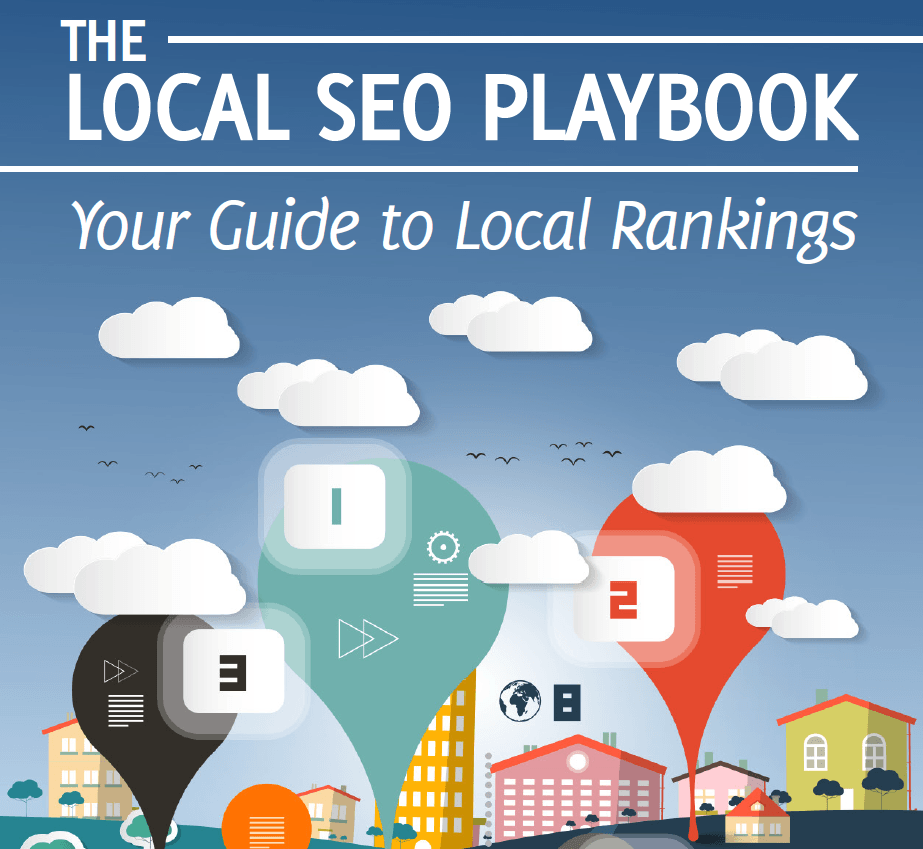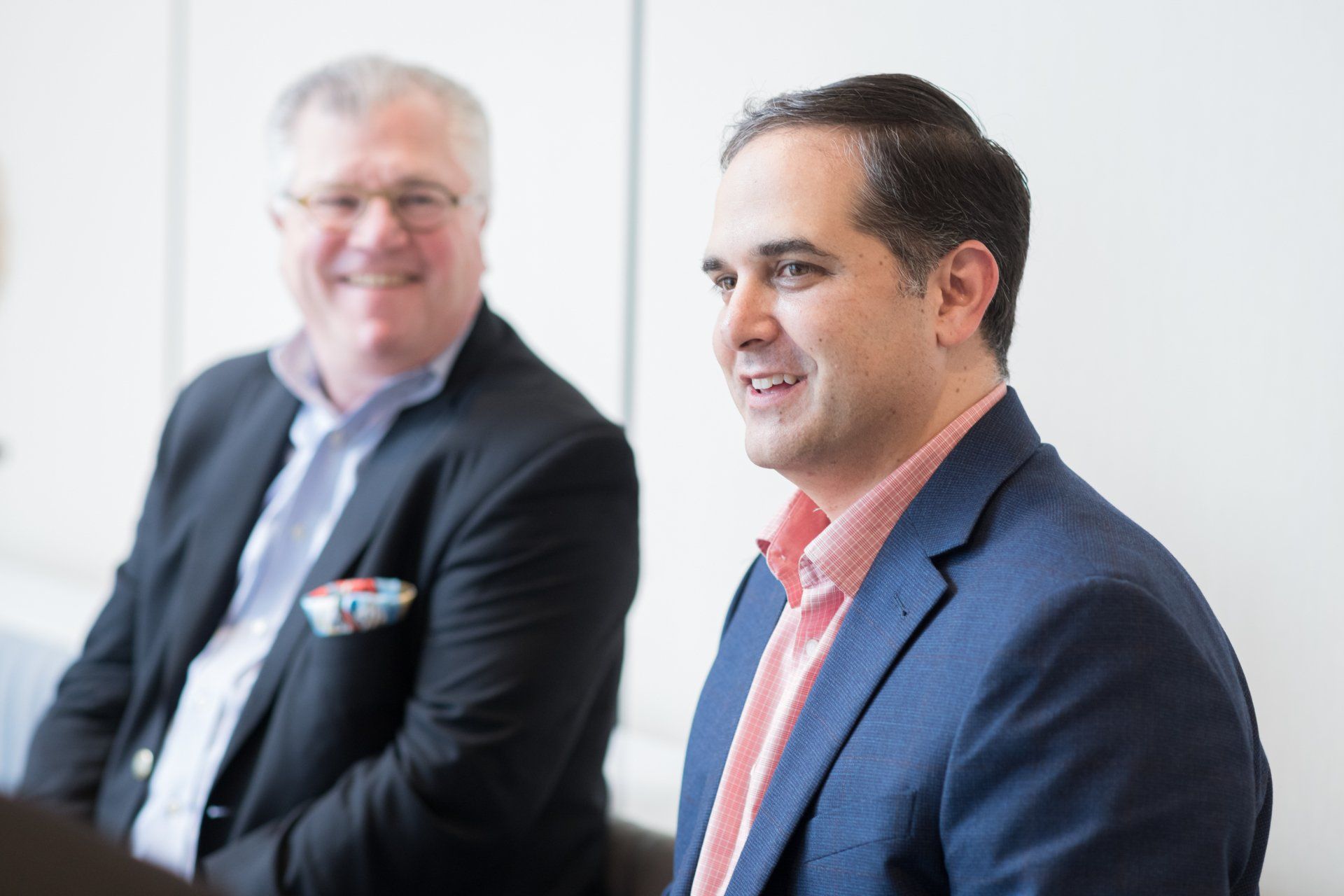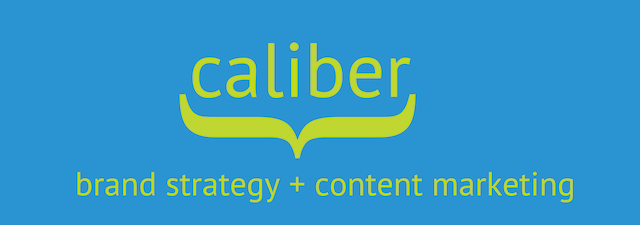Traditional Media’s New Role In A Digital World
by Dan Gershenson
You can look at the last cover of a news magazine like Newsweek and wax nostalgic about the good old days if you like. I prefer to think of the positive of what a final cover represents in choosing to use but only a simple hashtag of #lastprintissue .

Newsweek’s last issue in print
It’s not a period of finality on a brand. It’s an acknowledgement that the brand will be conversed about in other ways. Digital ways. And that it can continue to have relevance – maybe even more than it has recently. It will be read on a laptop, on a tablet, on a smartphone. It will be shared faster rather than lie exclusively on the coffee table of a physician’s office.
Yes, of course we can see this giant shift to digital all around us – we’ve seen it for years.
And yet, some operate as if digital isn’t the new norm of communicating across most demographics. As if every fourth person on this planet isn’t using a social media network. Is it any wonder why those are the same people who go kicking and screaming into obscurity?
But you won’t count me as one of those who say the ways we’ve known are dead. Instead, I see them as shifting into a new skin that may feel funny and different at first, but is necessary for the long haul.
To survive, traditional media should embrace its new role as not necessarily the end-all, be-all of the conversation with the buyer but instead the media that drives the buyer online to learn more, build a long-term relationship and encourage greater sharing across the web.
TV can do this. Print can do this. Radio can do this. Direct can do this. And in certain instances, they have. Beautifully.
It’s too bad that it just isn’t sold this way enough by certain reps of this form of media. They choose to sell their channel as an alternative to digital media instead of selling the concept of how the entire lifecycle can potentially begin with them and integrate into the digital world. Many choose to ignore the reality that their customer has to diversify their marketing mix and that, yes, that should likely include digital. Those that do operate as if we live in a print or digital world of absolutes when we don’t. We watch TV and use iPads. We read magazines and use smartphones.
Our lives are integrated. Brands must be too.
Imagine if someone could show you not just the typical demographics of their publication/station but actually showed an ability to drive traffic to a website. Then you’ve got something. If that commercial drives people to explore your Facebook page in greater detail where you are running a contest, then you’ve got something.
Drive them to a Facebook page. Add a hashtag. Continue the story that was begun in a traditional media setting on a YouTube channel. Could the conversation that begins in print then advertise an upcoming chat on Twitter at a select day and time?
Yes, I realize some of the responsibility here lies not only with who sells the media but also who creates it.
Guilty as charged. I’ve created ads in the past that pretty much had the logo as the call to action.
But it becomes an increasingly expensive proposition when all we ask people to do is notice our logo and little else (I’m getting much better about changing this mindset in myself).
Or when we ask prospects to spend thousands on one ad – if I’m going to do the equivalent of going to Vegas and letting it all ride on one hand, can you give more information on my odds first so I can feel really, really smart about what I’m about to drop on the table?
I once had a client who was in this situation, didn’t have a ton of money in the ad budget and was being solicited for business by a radio station asking him to advertise during a rush hour time slot. After explaining the client’s goals for the brand and the audience we were targeting, I was looking for some extra justification on why we should drop thousands on a small window of time.
“Everybody listens to him. He’s a former Dolphin and we’re in Miami so there you go.”
Um…no. There I don’t go.
She couldn’t explain how that ad would work for my client in any kind of customizable way (when did this become too much to ask?). She could only talk about listenership in broad terms that couldn’t help my client make a decision he’d feel good about. Asking her about online conversions? Ha. I’ve seen deer in headlights with more clarity.
And yet, we know the opportunity for conversion to online after engaging with traditional media first is there for those who craft messages and sell advertising around it accordingly.
Consider the findings of a report by Deloitte earlier this year called “ State of the Media Democracy ” in which 2,276 respondents in the UK between 14-75 years old were surveyed.
64% of respondents visited a website after seeing an advertisement on TV.
61% visited a website after seeing a magazine ad.
59% visited a website after reading a newspaper ad.
Here’s the shocker – guess how many respondents visited a website from a mobile app ad.
A whopping 12%.
Traditional media as online media driver has great power and potential. To declare it universally dead by any stretch of the imagination is just wrong. To pretend it works in exactly the same way in today’s world as it always did is just as wrong.
For all of our conversations about brand integration over the years, we can still integrate online and offline so much more. This is good for all media. Electronic and otherwise.
The post Traditional Media’s New Role In A Digital World appeared first on Caliber Brand Strategy + Content Marketing.
The Fractional CMO







